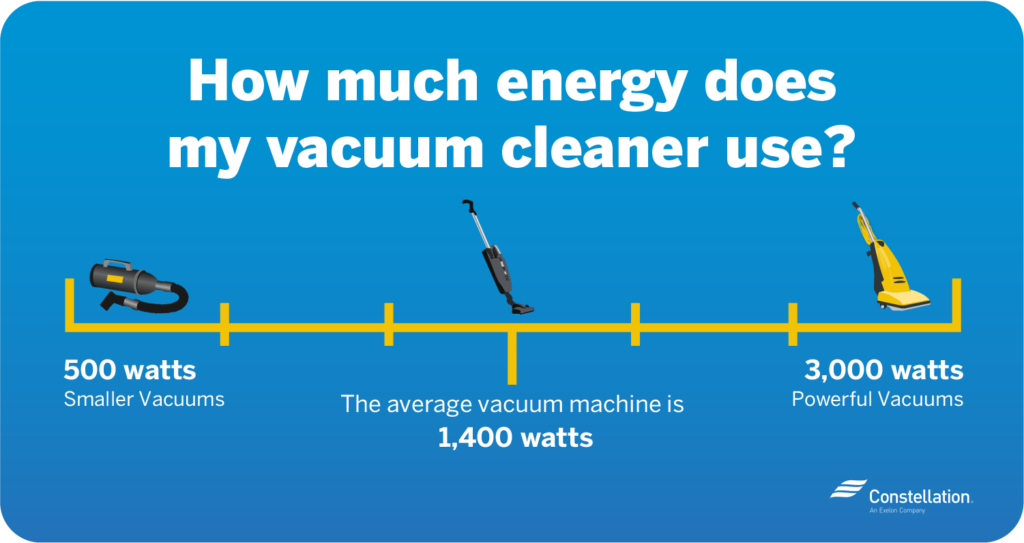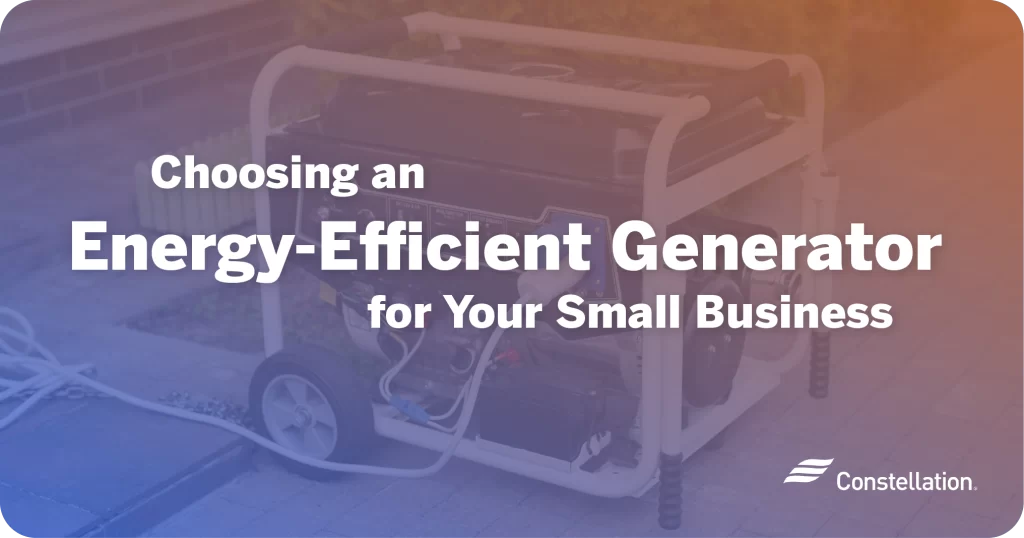
- Category:
Home Energy Savings -
Last updated:
November 4, 2019
Save Power with Energy-Efficient Vacuum Cleaners
Thinking about buying one of the new energy-efficient vacuum cleaners? You have quite a few types of vacuum cleaners to choose from. Here, we’ll cover some of the more important considerations and trade-offs, like vacuum cleaner energy consumption, when thinking about choosing the most energy-efficient appliances.
Do vacuum cleaners use a lot of electricity?
Vacuum cleaner energy use varies. A major driver of vacuum cleaner power usage is the motor. Commonly available vacuum models have motors that use between 500 and 3,000 watts of energy, with the average machine using about 1,400 watts. Other factors also affect vacuum cleaner energy consumption. A hardwood floor is easier to vacuum than a thick rug, which can require several passes and more time. The filtration system and extra features such as lights and sensors affect power use. The last consideration is how you maintain your vacuum cleaner. A clogged filter and full bag reduce efficiency and increase power use. Lastly, factor in how your vacuum can improve the efficiency of other household systems, like cleaning air ducts. Try this quiz in evaluating the cost of operating appliances.

How much power does my vacuum cleaner use?
To figure out your vacuum cleaner energy consumption, look for the wattage on the appliance label. Then, estimate how much time by day, week or month you spend vacuuming. Multiply time spent by wattage and divide by 1,000 to get the kilowatt hours you’re using. You can also use an online energy use calculator to do the math for you.
Do less-powerful vacuums mean less-effective cleaning?
Vacuum cleaners that use less power can be just as effective as high-wattage machines. The design of the motor, the kind of filter and overall design of the hose and cleaner heads affect cleaning effectiveness. For instance, a power nozzle puts extra power in the cleaner head that dramatically increases its cleaning efficiency.
Choosing the right type of vacuum cleaner for your home
When choosing a type of vacuum cleaner, consider budget, ease of use — which includes convenience, flexibility and storage — as well as vacuum cleaner energy consumption. Here are the key considerations (and some vacuuming tips) for stick vacuums vs. uprights, canisters and robot vacuum cleaners.
Automated vacuums
Automated vacuums make cleaning your floors truly effortless. These vacuum robots are equipped with smart technology that lets you tell them where and when to clean. Some of the higher-end automated vacuums have lasers, sensors and Wi-Fi that direct their navigation of your home. They only draw power when they’re charging in docks between cleaning. Most use less energy than a traditional upright, even if left plugged in all the time.
Stick vs. upright vacuum

The traditional upright vacuum has been around as long as there have been vacuums. People love them because they have the best suction of any type of vacuum cleaner. The downside is that they can be heavy and hard to maneuver. Advances in motor design have led to very lightweight stick vacuums that still offer decent suction. Expect to pay dearly to get the same suction as an upright, though. Still, a stick vacuum can make good sense if you have no pets or have hardwood floors or low pile rugs that are easier to clean. If you’re lugging the vacuum up and down stairs, weight and convenience might be the determining factors in your choice of stick vs. upright.
Upright vs. cylinder vacuum cleaners
Uprights offer more suction for the dollar and clean faster because they have wider cleaning heads. A cylinder, however, might be a better choice if you need versatility. They typically come with multiple attachments to handle different surfaces — even drapes and upholstery. This type of vacuum cleaner is also lighter and more mobile. And to make up for lower suction, some machines have power-assisted nozzles and cleaner heads that provide a boost where it matters most.
Bagless vs. bag vacuum
If the choice is bagless vs. bag vacuum, cost is likely to play a significant factor. Vacuum bags can be expensive. And they do add to the landfill problem. That’s what makes bagless vacuums budget- and eco-friendly. Bagless vacuums, however, require more frequent emptying, which can be messy. If you have a problem with allergies or asthma, you are sending microscopic contaminants into the air every time you empty the dustbin. You will also need to clean filters often. If your vacuum requires a HEPA filter, what you save on bags, you might spend on new filters.
Are cordless vacuum cleaners more energy-efficient?
Cordless vacuum cleaners only draw energy when they’re charging. On average, they use less energy than models with a cord. The trade-off is that they’re less powerful. And they may need frequent recharging, depending on the capacity of the battery. If you have a large home and thick carpets, the energy savings may not be worth it.
Vacuuming tips to decrease your energy usage
- Look for energy-efficient vacuum cleaners designed for specific uses. By matching features and functions with the kind of floors you have, the size of your house, your cleaning habits and the presence of pets, you will be using the machine that’s most efficient for your situation.
- Break your habits and use your energy-efficient vacuum cleaner conscientiously. The way people vacuum is often driven by habit. Some people spend an hour vacuuming every time they pull out their machines. Modern vacuums are efficient enough not to need repeated passes to clean, making hour-long sessions unnecessary unless you have a big house. Adopting new energy-saving habits is one of the best vacuuming tips a person can get.
- Bring in less dirt or dust by leaving your shoes at the door. You can save on vacuuming by bringing in less dirt. Shoes track in dirt and germs from outdoors that can work deep into carpets and cracks in flooring.
- Spot-check your floor. Dust and mop hardwood floors often to keep dirt from building up between vacuuming sessions. A little elbow grease can save electricity. If you see dust or dirt on the carpet, do a quick spot clean so it doesn’t get ground in.
- Look for adjustable height features. Use the settings on your vacuum cleaner to adjust for specific types of flooring. The right setting maximizes efficiency and also reduces wear and tear on your floor. Long staple carpets like certain shag and Berber weaves can get caught in your vacuum’s cleaning head if you don’t use the right setting.
- Maintain your energy-efficient vacuum cleaner. Maintain a vacuum cleaner and you’ll have an energy-efficient machine. Your vacuum will pick up dirt better, using less electricity, when all its components are running clean. Regularly changing the bag or washing out the dustbin, keeping the filter fresh, and removing hair and lint from cleaning heads will also give your vacuum cleaner a longer useful life.
Making the right choice of vacuum cleaner will give you years of effective cleaning. There’s no right type of vacuum cleaner for everyone. Be sure to check ENERGY STAR® ratings of the vacuums you’re considering. With so many energy-efficient vacuum cleaners on the market, the one that fits your cleaning habits and floor types, and that offers the right performance for the price, is the right one for you.




